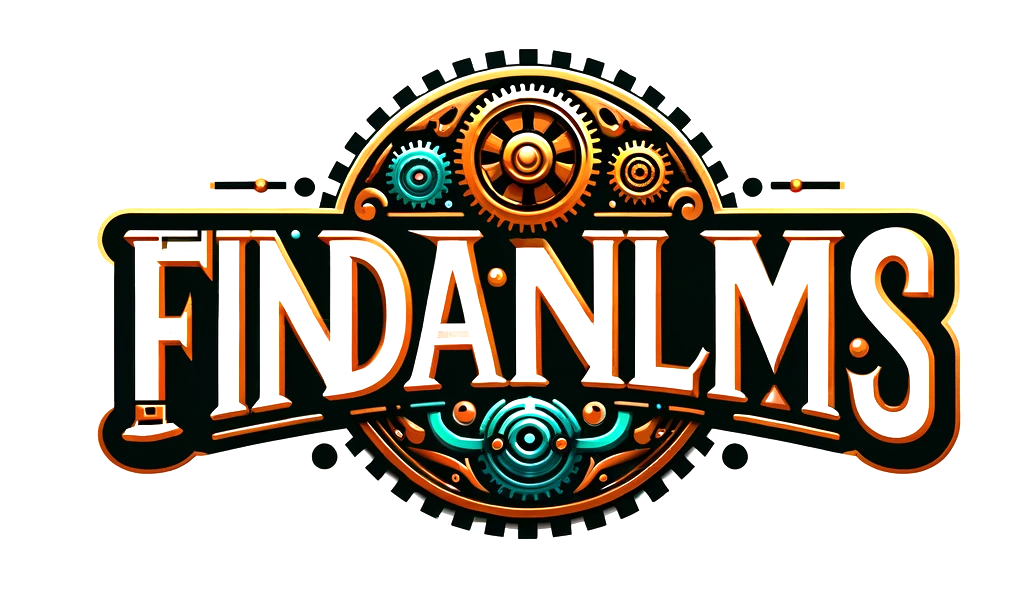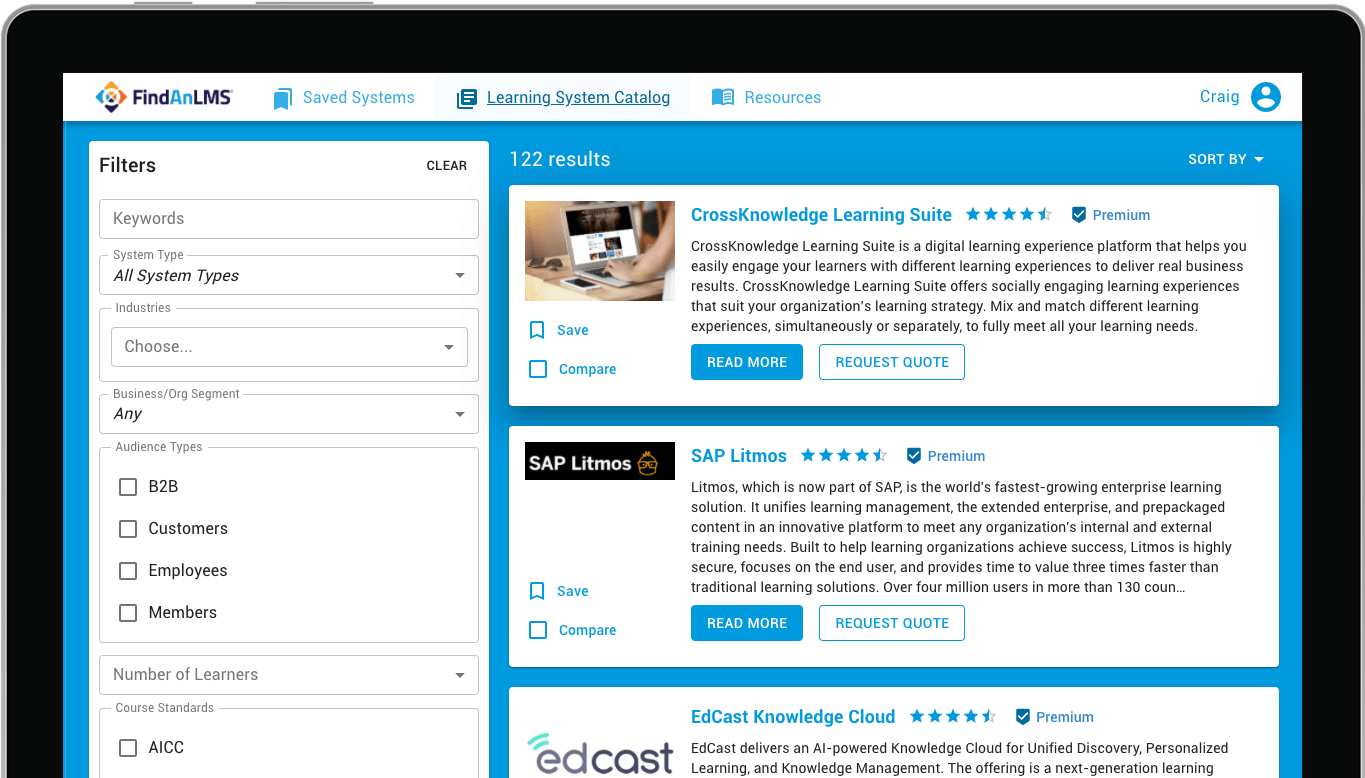The goal of the hiring process is to find a quality candidate who can help your company, business, or organization grow, but finding the right person is only the first step. Once you’ve found a fantastic fit for the job, you must prepare them to succeed with the information, tools, and resources they need to help the team. Generally, this means investing in your organization’s onboarding process.
Onboarding traditionally entails ILT, or instructor-led training, either at the workplace or at some other site. However, this is no longer the best approach to employee onboarding. Attending in-person seminars is costly in terms of time and money and hinders productivity since your staff is training instead of working. Furthermore, your team doesn’t have 24/7 access to onboarding information and associated activities when relying on in-person instruction. Many organizations find that new hires get a superior onboarding experience when important information is delivered on a digital platform such as a learning management system or LMS.
Naturally, some LMS vendors are better equipped to train new hires than others, and that’s where Craig Weiss enters the picture. Weiss is a thought leader in the e-learning industry with more than two decades of experience in the field, including practical onboarding experience. He created FindAnLMS.com to help ordinary people leverage his expertise to find an intuitive system fresh hires and experienced team members alike will enjoy using. You can make a free account on FindAnLMS.com right now to get started or continue reading to learn more about the impact an effective onboarding process could have on your company.
What is employee onboarding and why is it so important?
There are multiple ways to define employee onboarding. Some call it a process of introducing a newly hired employee into an organization. Others go broader, defining onboarding as a process that encompasses everything required when new employees start work. You may even see onboarding defined as a checklist of information and activities mandated by the HR department.
Ultimately, defining onboarding is less important than realizing what the process entails. New hires should be introduced to your company culture, including how your team operates, the values most important to your business, and what is expected of them on the job. The onboarding process should also get introductory paperwork out of the way including background checks, setting up an email address, and sharing documents such as the employee handbook. Your new employee should be able to connect with expert contributors and peers as well to feel like part of a broader company culture instead of an outsider.
Employee onboarding is an extensive process, and data shows that shortcuts can cost a company dearly. According to the SHRM, 50% of new hires who fail to meet company expectations received zero formal employee onboarding. Likewise, a positive onboarding experience improves employee engagement, boosts productivity, and reduces turnover rate. In contrast, a poor or nonexistent onboarding process can make new employees question their decision to accept a job at your company. They’ll be sending out resumes before you know it, forcing your company to spend time and money hiring a replacement.
The evidence is clear: if you want your new hires to hit the ground running, effective onboarding processes are a must.
How can employee onboarding software make orientation more workable?
Understanding how important employee onboarding is and creating an effective onboarding program can be two different things. Many organizations choose the path of least resistance, which means ILT since that’s been the standard for decades. Unfortunately, this approach carries numerous flaws.
First, there is no effective way to measure employee learning after one ILT session. Will fresh hires understand all of the key information presented to them? Will they figure out how to apply it on the job? Were they even paying attention to the instructor?
When onboarding takes place online, you have access to assessment tools to measure learner progress right after instruction and several weeks thereafter, making it easier to quantify the impact of your employee onboarding program.
Next, most successful job applicants are eager to get started. In-person onboarding forces them to wait for a teacher to be available and then spend time outside of the office, wasting their initial enthusiasm.
Digital onboarding allows new hires to start the process before their first day, capitalizing on their eagerness while also leaving a great first impression of your company. The best platforms even offer virtual classrooms to facilitate mentorship and peer-to-peer communication so new employees can begin forging social connections at the workplace.
If your company staggers its hires, the cost of hiring an instructor every time can prove prohibitive. Some new team members may not receive the same onboarding experience as their colleagues in that scenario, creating potential disconnects. This is especially true if your company has remote workers who never head to the office.
Online onboarding ensures that all important information is always available to your entire team. Nobody has to sit through a long lecture, and workers of all experience levels can go back for a refresher whenever they wish. Most importantly, your entire staff will receive the same onboarding experience.
Onboarding includes lots of important information, and your admins may struggle without a plan. A digital learning platform acts as a central hub to make it easier to keep track of what onboarding courses your company offers and who has completed what.
Using FindAnLMS.com to find a learning platform is the first step toward successful employee onboarding!
The internet is the present and future of employee onboarding, and you’re probably wondering what features your team needs to succeed. The most important thing to look for is an intuitive UI that all hires will feel comfortable using. You also want a mobile app so any employee can access content at any time, collaboration tools to foster your company culture, and security features to protect any proprietary information. Cloud-based storage will also help you manage your employee onboarding checklist as your company grows.
That’s a lot to consider, but fortunately, you won’t have to do it alone. FindAnLMS.com supports head-to-head comparisons of up to four vendors at once, unbiased searches based on any criteria you like, and exclusive insight from e-learning expert Craig Weiss to help you make the right decision. You can make a free account on FindAnLMS.com right now to start comparing your options.
Gone are the days when new hires report to work armed with nothing more than hope and a job description. If your company invests in the onboarding process including a great LMS, your team will be able to accomplish more than you can imagine.

